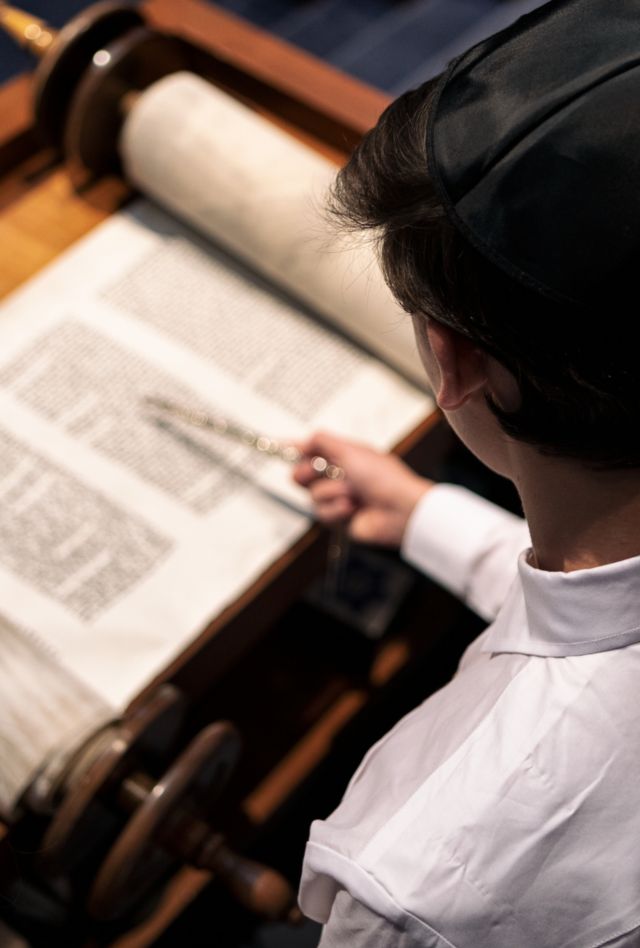
Tracking the Professional and Economic Outlook of Congregations
This article is from our NORC Now newsletter. Subscribe today.
2017
Churches, synagogues, and other places of worship provide a social and spiritual anchor in the communities they serve, but they are also economic entities with staff to pay, and debts, income, and properties to manage. Since 1998, when NORC conducted the first wave of data collection for the National Congregations Study (NCS), NORC has examined places of worship from a variety of angles, including the professional and economic. NORC began the fourth wave of data collection for the NCS in collaboration with Duke University in 2018. The study is funded primarily by the Lilly Endowment and draws additional support from the John Templeton Foundation and the Pew Research Center. It has gathered data on a range of congregational characteristics, including worship activities, finances, staff configurations, and connections with other religious and community groups. The latest wave also explores such topics as congregations’ social media use, leadership challenges, and wellness activities.
As part of the fourth wave of the NCS, NORC conducted the National Survey of Religious Leaders (NSRL), the first-ever nationally representative survey of religious leaders from across the religious spectrum that includes part-time, assistant, and specialist ministerial staff in addition to full-time ministerial staff and head clergy. The subjects the NSRL explored include attitudes and practices related to mental health and the relationship between science and religion, as well as features of the religious leaders’ jobs and careers, including their community and political involvement and their engagement with the larger religious world. In a separate but related study, NORC conducted the National Study of Congregations’ Economic Practices, which helps scholars, clergy, and lay leaders better understand how American congregations receive, manage, and spend resources, as well as their theological, cultural, and practical orientations toward money.
Most congregations in the United States are small, but most people are in large congregations. In 2018-19, the median congregation had only 70 regular participants, counting both adults and children, and an annual budget of $100,000. At the same time, the average attendee worshiped in a congregation with 360 regular participants and a budget of $450,000.
This article is from our flagship newsletter, NORC Now. NORC Now keeps you informed of the full breadth of NORC’s work, the questions we help our clients answer, and the issues we help them address.



